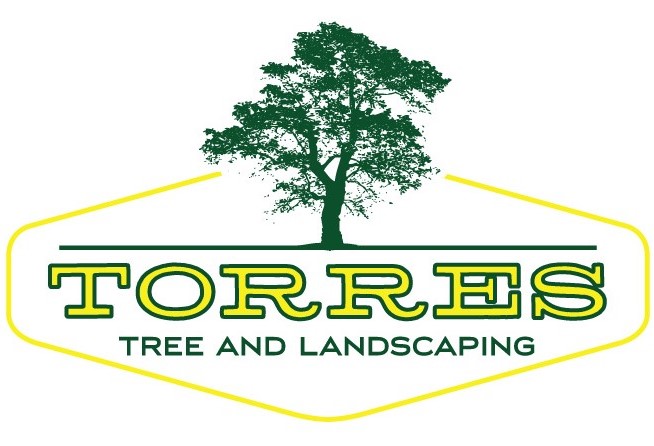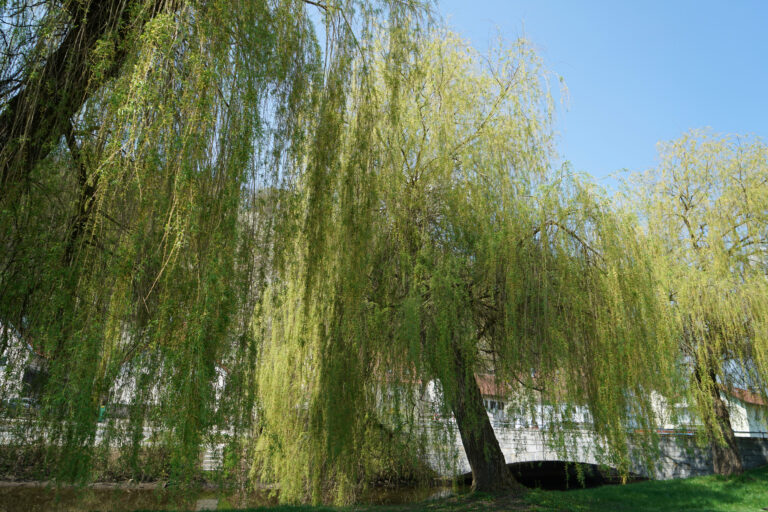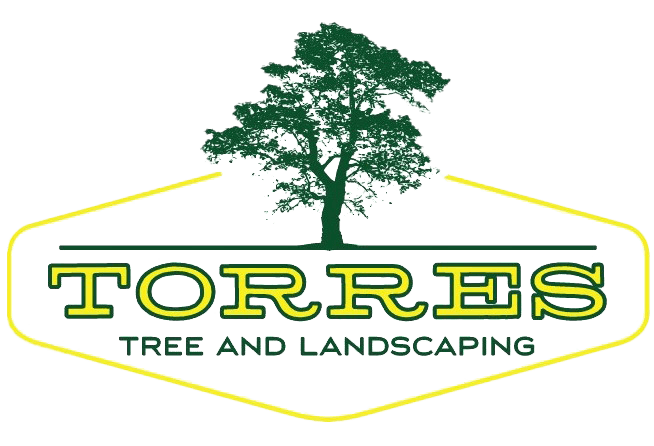North Texas is no stranger to high winds. Whether it’s gusty spring storms or the fierce winds in fall, strong weather is a common part of life here. And while a breezy day may not seem like a big deal, high winds can pose a serious threat—especially to trees.
If you’re a homeowner in the DFW area, it’s important to know which tree species are more likely to fall or lose limbs in high winds. Not only can falling trees damage property, but they also pose a serious safety risk. In this post, we’ll break down the trees most likely to fall in wind in North Texas, what makes them vulnerable, and how to manage or prevent tree hazards on your property.
What Makes a Tree Prone to Falling?
Several factors contribute to a tree’s wind resistance (or lack thereof):
-
Shallow or weak root systems
-
Top-heavy canopy growth
-
Weak wood structure or fast growth
-
Diseases or pest infestations
-
Soil saturation from heavy rain prior to a storm
Knowing the biology of your trees and the conditions of your soil can help you take proactive steps to protect your yard and your home.
If you’ve had a tree fall on your property, don’t wait—call Torres Tree Service for fast, reliable fallen tree removal services.
Trees Most at Risk in North Texas
Here are the tree species commonly found in North Texas that are most likely to fall or break in high winds:
1. Bradford Pear
While popular for their symmetrical shape and spring blooms, Bradford Pears are notorious for structural weakness. These trees tend to develop tight branch angles, which easily split under pressure. During a windy day or a thunderstorm, large sections of the tree can shear off without warning.
Tip: If you still have a mature Bradford Pear, consider removing it and replacing it with a sturdier native tree. Not ready to get rid of yours? Then, make sure to trim bradford pear trees properly.
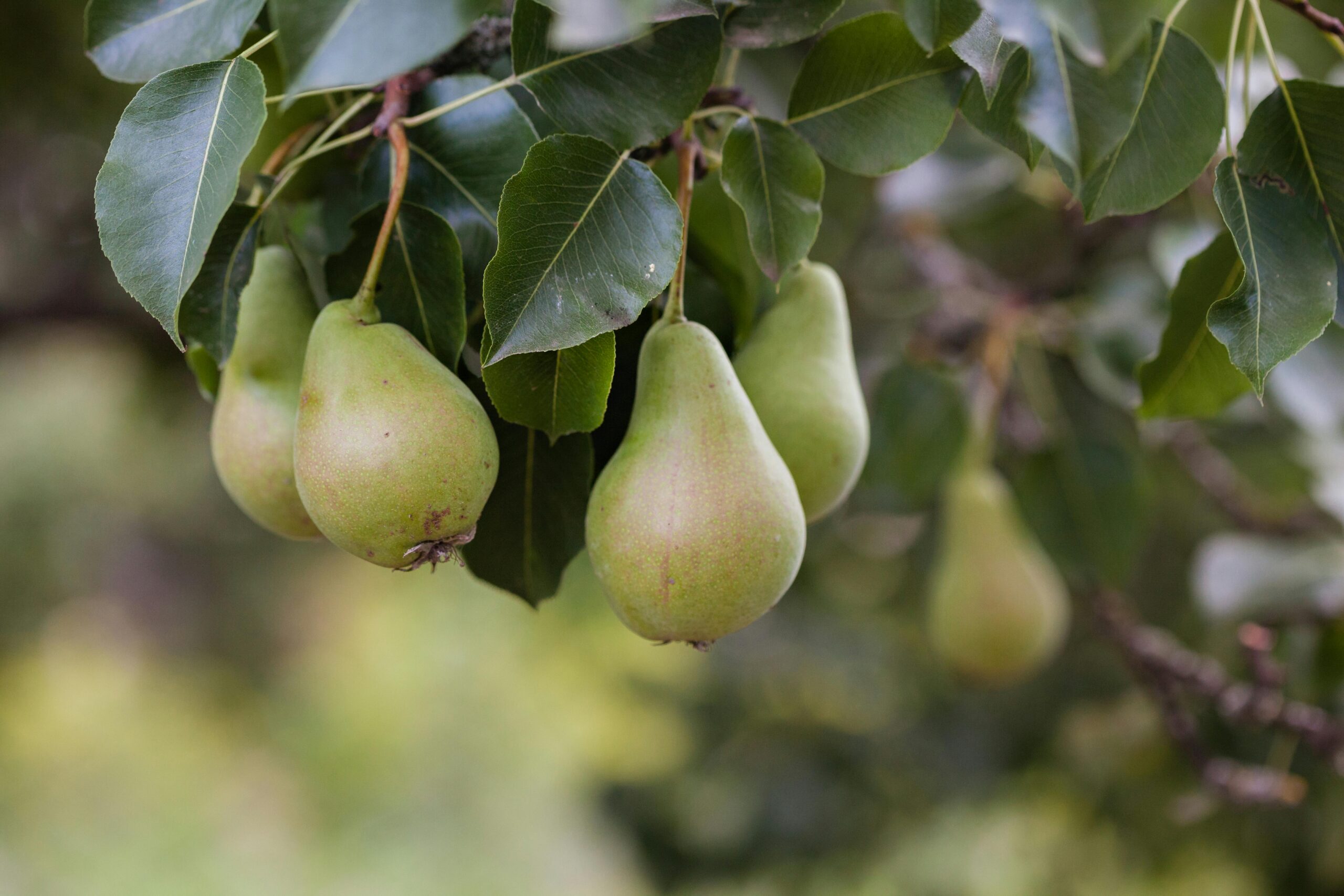
2. Silver Maple
Silver Maples are fast growers, which unfortunately makes them prone to weak wood and shallow roots. Their wide canopy acts like a sail in the wind, and when you combine that with weak branching, they’re extremely vulnerable to both limb loss and complete uprooting.
Tip: Regular pruning and weight reduction in the canopy can reduce risk, but these trees are often better suited for areas with less severe weather.
3. Cottonwood
Cottonwoods are native to Texas and grow rapidly, but their brittle branches are easily damaged in storms. They also develop shallow root systems, especially when planted near irrigation or water sources, making them susceptible to blow-over during high winds or heavy rains.
Tip: Avoid planting cottonwoods near structures or power lines.
4. Willow Trees
Weeping Willows and other species of willow trees are beautiful but fragile. Their wood is soft, and the structure of the tree is often uneven, which makes them more prone to breakage in windstorms.
Tip: Willows should be carefully maintained and inspected regularly, especially if planted near water features or ponds where root stability may be compromised.
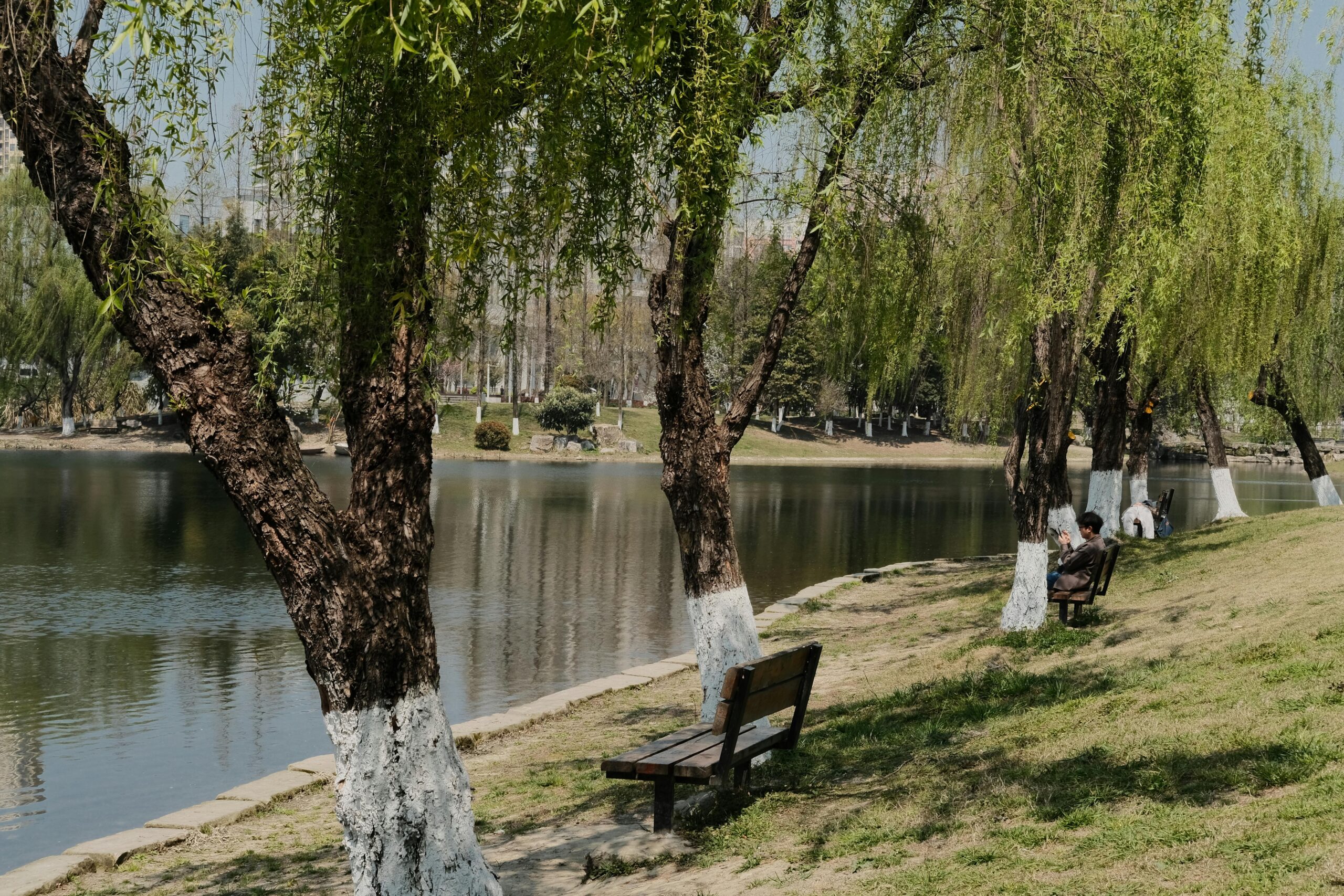
5. Chinese Pistache (Improperly Pruned)
While Chinese Pistache trees are generally strong and wind-resistant, they become dangerous if improperly pruned or allowed to grow with co-dominant stems (two main trunks). These structural issues can increase the risk of splitting or breaking under wind pressure.
Chinese pistache trees are great trees to plant close to a house because they are moderate in size and do not have an aggressive root system.
Tip: Proper training and structural pruning early in the tree’s life will prevent problems later.
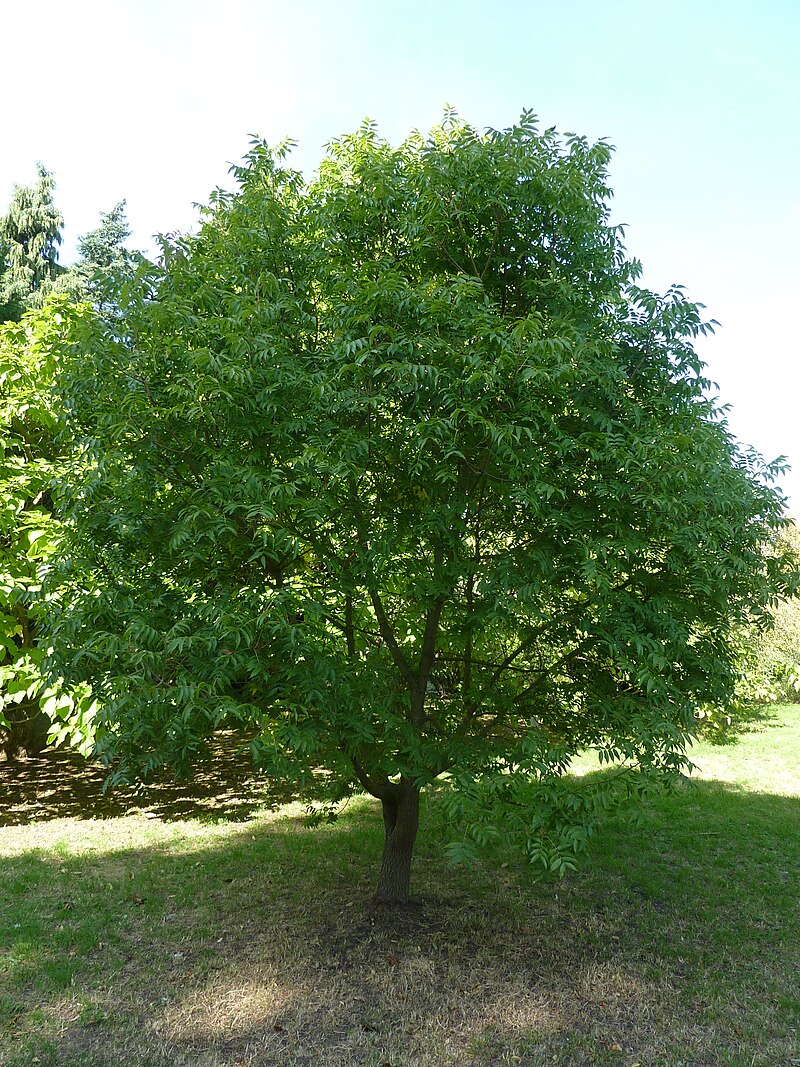
Other Risk Factors to Watch For
Even strong tree species can fall in the right (or wrong) conditions. Be aware of these risk factors:
-
Leaning trees with exposed roots
-
Dead limbs or trunk rot
-
Soil erosion or pooling water around roots
-
Past storm damage that went untreated
If your tree shows any of these signs, it’s best to call in a tree service company like Torres Tree Service to assess the risk.
How to Prevent Tree Damage from Wind
Protecting your property from falling trees doesn’t mean you need to remove every shade tree in your yard. Instead, here are some proactive steps you can take:
-
Schedule regular tree inspections: A professional can spot weak limbs, disease, or root issues before they become dangerous.
-
Keep trees properly pruned: Thinning the canopy reduces wind resistance and removes dead or weak branches.
-
Avoid overwatering or poor drainage: Soggy soil can weaken root stability.
-
Plant wisely: Choose native or wind-resistant species like Live Oak, Bur Oak, or Cedar Elm when adding new trees to your landscape.
Need Help? Call the Experts in North Texas Tree Care
At Torres Tree Service, we understand the unique challenges of maintaining healthy, wind-resistant trees in the unpredictable North Texas climate. Whether you need tree trimming, removal, or advice on what to plant, our local experts are here to help.
Final Thoughts
Trees bring beauty, shade, and value to your property—but some species are more vulnerable than others during storm season. By understanding which trees are most likely to fall in wind in North Texas and how to manage them, you can protect your home and keep your landscape healthy for years to come.
